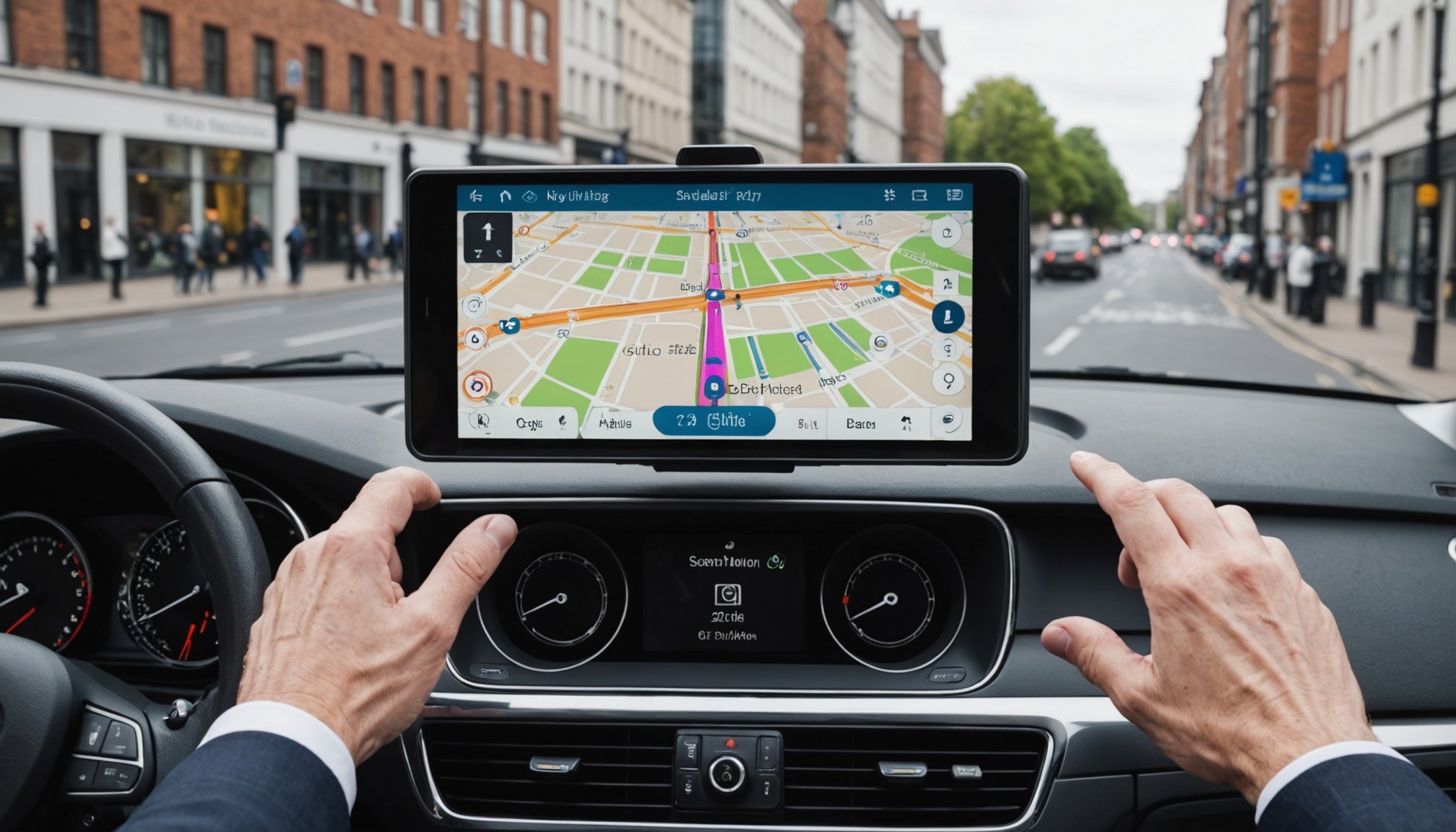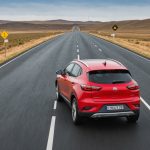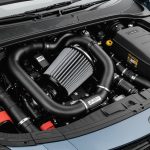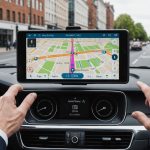Real-Time Traffic Updates
Navigating through bustling city streets can be overwhelming, especially during peak hours. The importance of live traffic data in ensuring efficient urban commuting cannot be overstated. It helps drivers make informed decisions by providing up-to-date information on road conditions, potential delays, and alternate routes.
Navigation systems such as Google Maps, Waze, and Apple Maps are equipped with real-time traffic updates, enhancing the driving experience by offering crucial insights into current traffic scenarios. These systems gather and analyse data from various sources to present drivers with the most accurate and timely information.
This might interest you : Exploring 2023 UK Self-Driving Car Regulations: What You Need to Know
The impact of these traffic updates is significant when it comes to route selection and reducing travel time. By assessing live data, navigation systems can suggest detours or shortcuts that bypass congestion. This not only aids in saving precious minutes but also contributes to a reduction in fuel consumption and overall stress levels for drivers.
Furthermore, as urban areas continue to grow and congestion intensifies, the reliance on these dynamic tools becomes even more crucial. For many, real-time traffic updates have transformed from a convenience into a necessity, playing a pivotal role in ensuring smoother commutes and improved transportation efficiency.
Also read : Exploring Legally Permissible Motorcycle Modifications in the UK: A Comprehensive Guide
Route Optimization Features
Route optimization plays a crucial role in enhancing commuting efficiency. Modern navigation systems employ sophisticated algorithms that dynamically calculate the best routes by considering current conditions. These algorithms analyse data such as traffic congestion, road closures, and smart navigation patterns to propose the most efficient paths.
In comparing route optimization features across various popular systems, some exhibit standout qualities. For instance, certain platforms integrate real-time traffic updates and predictive technology to adapt routes seamlessly. This ensures that users spend less time stuck in traffic and more time reaching their destinations efficiently. Other systems may prioritise ease of use over detail, providing simpler, less dynamic route suggestions.
The benefits of avoiding congested areas are manifold, especially in dense urban environments. With these features, drivers can bypass heavily trafficked roads, reducing travel time, fuel consumption, and overall stress. Smart navigation systems offering robust route optimization cater not only to drivers but also to cyclists and pedestrians, offering alternatives that are more eco-friendly and efficient.
For organisations managing fleets or individuals planning daily commutes, these advancements in route optimization deliver a substantial improvement in operational efficiency and personal time management. Embracing these technologies equips users with the tools needed for a smoother, more predictable journey.
Public Transport Integration
In modern urban mobility, navigation systems play a pivotal role by enabling efficient multimodal transportation planning. These systems allow users to seamlessly switch between different modes of public transport, from buses and trains to car shares and bicycles. By doing so, they help reduce travel time and improve the overall transport experience. Advanced navigation systems incorporate real-time scheduling and route optimization, providing accurate and timely information that assists commuters in making informed decisions.
Integrating local transport options offers several advantages for UK drivers. By including nearby bus routes, metro schedules, and even walking paths, navigation systems enhance route planning and environmental awareness. This integration supports sustainable travel practices, reducing congestion and pollution while promoting greener mobility choices. Additionally, it offers cost-effective solutions by minimizing reliance on fuel-heavy personal vehicles.
User experiences with public transport features across different navigation systems highlight the importance of these capabilities. Many users find these features invaluable, particularly in urban settings where parking availability can be scarce and traffic conditions unpredictable. Commuter feedback often praises systems that efficiently integrate public transport data, allowing travelers to escape the frustration of delays and detours by suggesting alternative routes. This connectivity not only ensures smoother commutes but also enhances the overall appeal of urban transportation networks.
User-Friendly Interfaces
Navigating through apps and devices without confusion is central to a seamless driving experience. Effective user interfaces are designed to enhance this experience with navigation ease at the forefront. Intuitive design sets apart high-quality interfaces, ensuring users can navigate without distractions. An interface that clearly presents information, employs easily recognizable icons, and a straightforward layout significantly reduces driver distraction.
The significance of these interfaces lies in their functionality. A well-crafted user interface allows drivers to focus on the road while seamlessly interacting with navigation systems. This is especially crucial in environments where split-second decisions can have critical consequences. Most users seek interfaces that require minimal effort to interpret, prioritizing safety on the road.
User feedback consistently highlights frustration when designs lack clarity or complicate navigation ease. Many complain about interfaces with overcrowded screens or obscure icons that can lead to confusion. Platforms like Android Auto and Apple CarPlay are often praised for their user-centric designs that prioritize the driving experience. These platforms often include features that allow for hands-free operation, further minimizing distractions.
In summary, user interfaces that succeed in merging navigation ease with a stress-free driving experience are usually those that emphasize intuitive design and clearly cater to user demands.
Voice Command Features
In today’s rapidly evolving automotive technology landscape, voice control plays a crucial role in enhancing the driving experience. The top navigation systems now incorporate advanced voice command capabilities, enabling drivers to interact with their devices seamlessly. Hands-free navigation is more than a convenience; it is a significant contributor to driver safety, especially in bustling urban environments where attention to the road is paramount. By using voice commands, drivers can manage their routes without taking their eyes off the traffic or their hands off the wheel.
The ability to input destinations, adjust settings, or inquire about current traffic conditions using one’s voice reduces the need for physical interaction, thereby minimising distractions. Nevertheless, it’s essential to evaluate the responsiveness and accuracy of these systems to ensure they meet user expectations. A system that accurately recognises commands can significantly enhance the driving experience.
In practice, the effectiveness of voice control systems hinges on their ability to understand various accents and respond quickly to changes. While some systems may excel in recognising common commands, others might struggle in less predictable situations. It is imperative to choose a system with robust and adaptable voice recognition capabilities to ensure it supports a safe and efficient driving experience.











